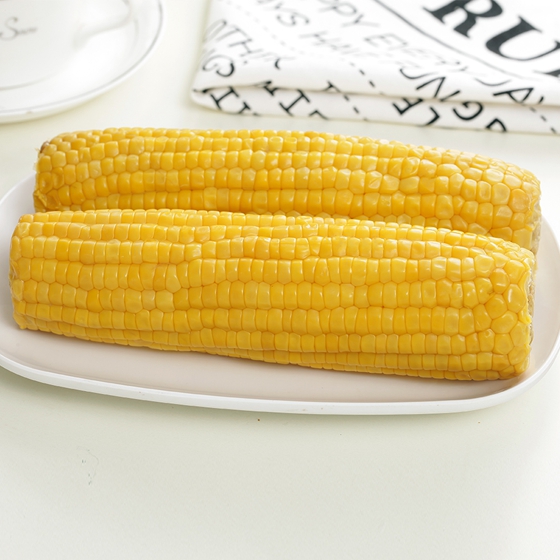Release date: 2014-05-07
The Cleveland Clinic is ranked among the top medical institutions in the United States with a number of medical expertise. Not only that, but the institution’s ability to innovate is also commendable. The Cleveland Clinic Innovation Department is responsible for the commercial development of medical technology developed by our hospital's doctors and researchers. Recently, Gary Fingerhut, executive director of the department, shared the strategy and goals of the department.
Since 2000, a total of 66 companies in the United States have used Cleveland Clinic technology; nearly three-quarters of them have received $750 million in equity investments so far. The Cleveland Clinic Innovation Department handled nearly 450 licenses, submitted 2,200 patent applications, and 525 patents were granted. These new companies created 1,100 jobs in the northeastern part of Ohio.
Medical information technology accounts for 23% of the Cleveland Clinic Innovations business. Fingerhut said that health care reform has made "there are frequent activities in the field of medical information technology." Package pricing, care pathways, clinical decision support, and all value-related methods provide guidance for medical information technology.
The Cleveland Clinic Innovation Department invests in communication technology and is responsible for turning these technologies into wealth. Most technologies don't focus on unmet needs, but focus on real-time disclosure issues to influence workflow. “These ideas are generated by clinicians when they practice medicine,†says Fingerhut.
Process innovation
Fingerhut said the Cleveland Clinic Innovation Department's standard commercialization process has been in operation for 13 years. Starting with the submission of ideas, each person is required to submit an invention disclosure form, and work with the innovation manager of the department to prepare a presentation material for the presentation at the peer review committee meeting. After the presentation, the peer review committee for relevant matters assessed clinical and technical efficiency innovations and scored them. According to the total score and feedback, either enter the commercial feasibility assessment link or deal with the sales case. Innovation is one of the four incubators in the Cleveland Clinic Innovation Department with its clinical and technical advantages: medical equipment, diagnostics, medical information technology or delivery solutions.
Each invention develops a development plan, and the Cleveland Clinic Innovation Department focuses on the invention and receives feedback. After refining the commercialization strategy, start the marketing process. Start negotiations with interested partners or investors. The last step after obtaining a license and setting up a new company is to transfer. The Cleveland Clinic Innovation Department closely monitors licenses to ensure that Licensee's commercialization practices meet regulatory requirements. The Cleveland Clinic Innovation Department is responsible for running the new company until the staff is properly equipped. The clinic manages the new company by participating in the board of directors to achieve the goal of improving service quality.
In the process, it may be closed for various reasons, such as the invention is not commercially viable, the Cleveland Clinic Innovation Department incubator cannot protect or implement, or the company partner investors cannot sell.
“Some ideas are just a prototype of technology, and some are very mature technologies that can be used for many years,†says Fingerhut. In any case, successful inventions ultimately lead to market leaders who are paying licenses or creating platform technologies for spin-off companies.
He said that the Cleveland Clinic Innovation Department has the same mission as other companies in the Cleveland Clinic: improving patient life.
Source: China Digital Medical Network
A medium-sized cob of corn provides more than 10% of our daily dietary fibre requirements.
There are two types of dietary fibre - soluble and insoluble - and sweet corn contains both.
According to the American Heart Association, dietary fibre as part of an overall healthy diet can help lower blood cholesterol levels and may reduce the risk of heart disease. It is insoluble fibre that binds to cholesterol, preventing it from being absorbed into the bloodstream.
Insoluble fibre is responsible for promoting regularity and helping to prevent constipation by speeding up the passage of food and waste through the intestines and absorbing water to keep stools soft. Insoluble fibre has been shown to reduce the risk of haemorrhoids.
Fibre-containing foods such as sweetcorn also help to provide a sense of satiety and may therefore help to suppress appetite and aid weight management.
Dietary fibre has also been linked to a reduced risk of type 2 diabetes. A diet rich in fibre helps patients manage their disease.
Fibre is fermented by bacteria in the colon. Promising studies are underway to determine the health-promoting effects of fibre fermentation breakdown products, for example, short-chain fatty acids, which may help to maintain a healthy gut.


Yellow Sweet Corn,Double Packed Sweet Corn,Double Packed Sweet Corn Cob,Double Packed Yellow Sweet Corn
Jilin Province Argricultural Sister-in-law Food Co., Ltd. , https://www.nongsaocorn.com